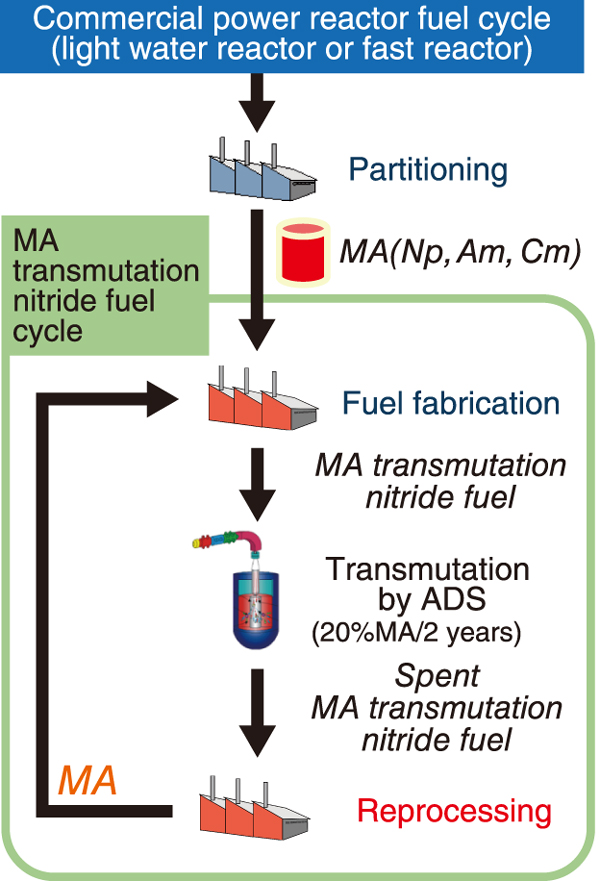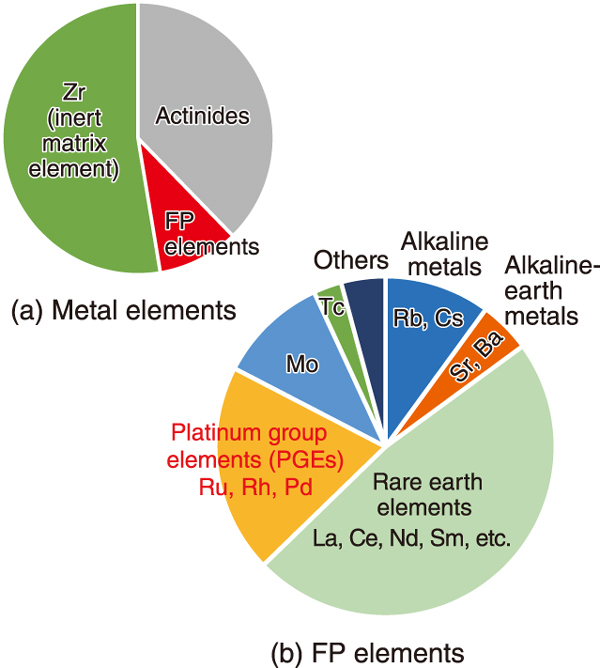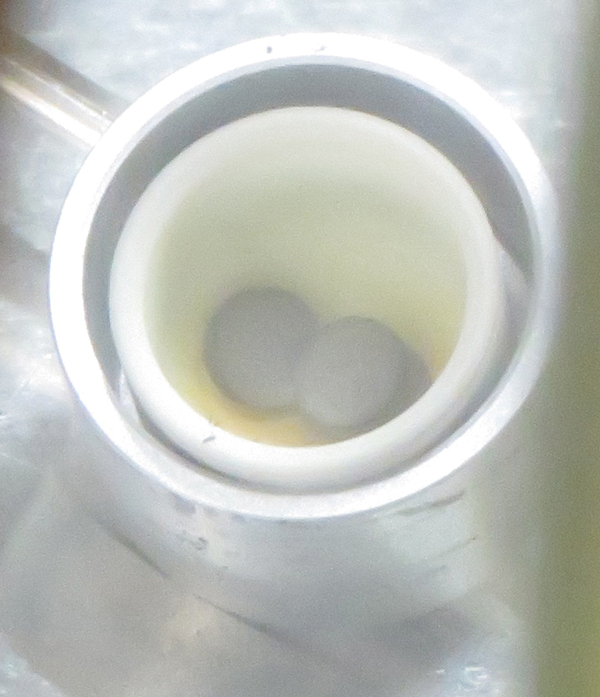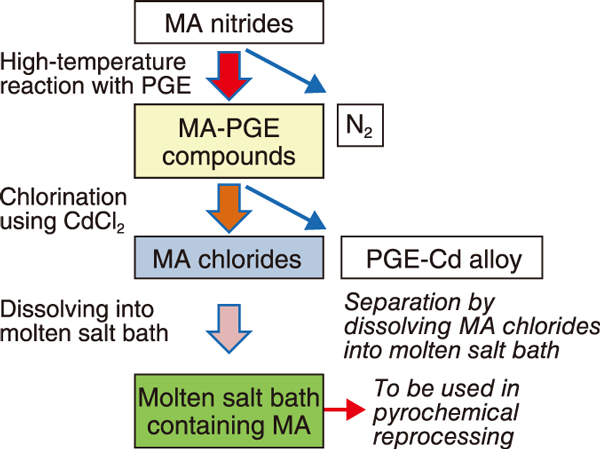
Fig.1 Outline of the proposed minor actinide (MA) transmutation nitride fuel cycle

Fig.2 Composition of the spent MA transmutation nitride fuel: (a)metal elements and (b)FP elements

Fig.3 NpPd3 sample obtained by the reaction of neptunium nitride with Pd

Fig.4 Formation of MA-PGE (platinum group elements) compounds in the MA nitride fuels and the proposed method for treating them
We have been conducting research and development activities on technology for partitioning elements in high-level radioactive wastes discharged from reprocessing plants and for transmuting highly radioactive long-lived nuclides to reduce the volume and radiotoxicity of radioactive wastes. For the transmutation of minor actinides (MAs) using accelerator-driven systems, nitride fuels containing high MA concentrations are chosen. Previous feasibility studies indicated that the transmutation ratio of MAs in the core is limited to 20% from the viewpoint of fuel safety. To transmute MAs more effectively, a dedicated fuel cycle, which includes the reprocessing of the spent MA fuels and reusing of the MAs recovered from the spent MA fuels, has been proposed (Fig.1).
Fig.2 shows the calculated elemental composition of the spent MA transmutation nitride fuel, in which the fission product (FP) elements are generated and MA-FP compounds are expected to be formed. To increase the recovery yields of reprocessing, treatment of stable MA-FP compounds, other than unburnt fuel materials, should be considered. We focused on the pyrochemical process in which MAs are dissolved into molten alkali chlorides and selectively recovered. With regard to the dissolving process, we aim to develop the technology without using corrosive gases such as chlorine, which can corrode the facility and equipment easily.
In this study, experiments on high-temperature reactions using neptunium, a MA, were performed. The reaction products were identified by powder X-ray diffraction analysis. We observed the formation of NpPd3 by the reaction of neptunium nitride with palladium (Pd) at 1323 K (Fig.3). It was also observed that NpPd3 reacts with cadmium chloride (CdCl2) at 673 K to form neptunium chloride and Pd−Cd alloys.
These results suggest that intermetallic compounds with platinum group elements (PGEs) such as NpPd3 are formed in spent MA transmutation nitride fuels, and the MAs in MA-PGE compounds can be chlorinated without using corrosive gases. MA chlorides easily dissolve to form a molten salt bath containing the MAs, which will be used in the pyrochemical process (Fig.4). We will continue to develop the pyrochemical process with high recovery yields by adding the process to treat stable MA-PGE compounds.
This study contains the results of “R&D on Nitride Fuel Cycle for MA Transmutation to Enhance Safety and Economy,” supported by MEXT Innovative Nuclear Research and Development Program.
(Hirokazu Hayashi)
* Tateno, H., Hayashi, H. et al., Material Balance Evaluation of Pyroprocessing for Minor Actinide Transmutation Nitride Fuel, Journal of Nuclear Science and Technology, vol. 57, issue 3, 2020, p.224-235.